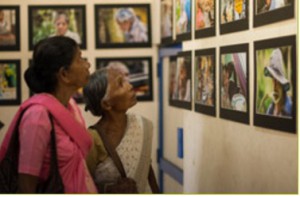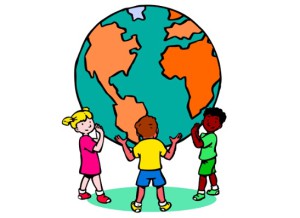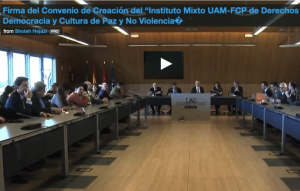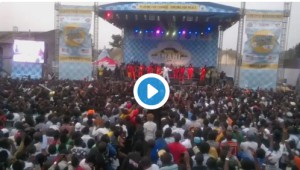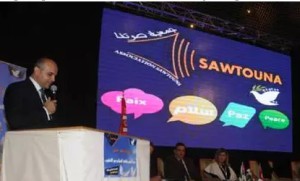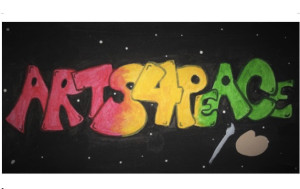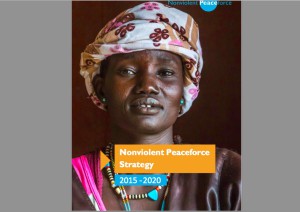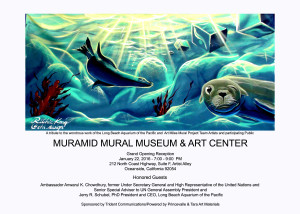EDUCATION FOR PEACE .
A film review by Ulkar Alakbarova
Each country has its own issues. Some have more, some have less. But one country has more internal issues than any other country in the world – The United States of America. In Michael Moore’s WHERE TO INVADE NEXT, you will discover some interesting facts that will make you wonder as to how is it possible that the greatest country on Earth can’t make its own people achieve the dream life they should have had a long time ago?
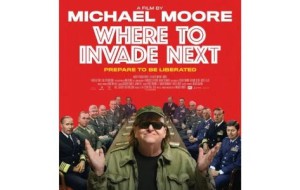
(click on photo to enlarge)
The idea of Moore’s documentary film is to invade a particular country that has something that the Americans don’t have. Moore begins his first trip with Italy, where he meets a charming middle class Italian couple, who tell us their lifestyle. From them, you will find out that every Italian is entitled to 8 paid weeks of vacation, two hours of lunch break, 15 days of vacation for newly married for their honeymoon, and 5 months of fully paid maternity leave. Moore strongly emphasizes here how important it is for Americans to implement this idea in the U.S. where, by law, every American is entitled to have only ‘0’ paid statuary vacations.
The second country the filmmaker invades is France, where he shows the importance of educating children to eat healthy food. While he takes us to a rural, and if I can say, not to a rich city at all, the food children are given in the school is equal to 5 stars’ restaurant in the North America. Instead, Moore shows the meal American students eat in the school: defrosted pizza and strange meal that looks like it had been kept in the fridge for ages. Moore’s third country being invaded is Finland, which offers the best education in the world, while Slovenia offers free University education. Saying that, it certainly looks like the richest country in the world is way behind those who have the annual budget a hundred times less than the United States.
WHERE TO INVADE NEXT is a great example of what a single country must do in order to make the life of its own people less stressful. Moore’s aim here is not to insult or embarrass his fellow Americans, but rather, make them to admit the gaps they have, and the urgency to fill it as soon as possible. It compares the prison system of Norway against the U.S., where no longer the rule being invented by the founders of the Great Nation: “no cruel or unusual punishment” is being followed.
In the end, this film can make you laugh, while, it`s uncomfortable truth may some viewer`s feelings. it touches quite a serious subject matter that somebody must look into. It reveals the negative side of American society that could not learn from past lessons. However, the filmmaker still looks optimistic, hoping that the ideas he claimed from foreign countries will help his country to restore its name before its citizens. Saying that, this film may be about America, but in the meantime, it’s about every country in the world that must face the issues they have, and fix it, if they want our next generation to have a prosperous future. But before it happens, allow yourself to be invaded by Moore`s brilliant film, that must be seen by everyone.
Question(s) related to this article:
What are some good films and videos that promote a culture of peace?
This discussion question applies to the following articles:
WACC-SIGNIS Human Rights Award 2013 Goes to “Caminhos da paz”
Edward Snowden Congratulates Laura Poitras for Winning Best Documentary Oscar for Citizenfour
